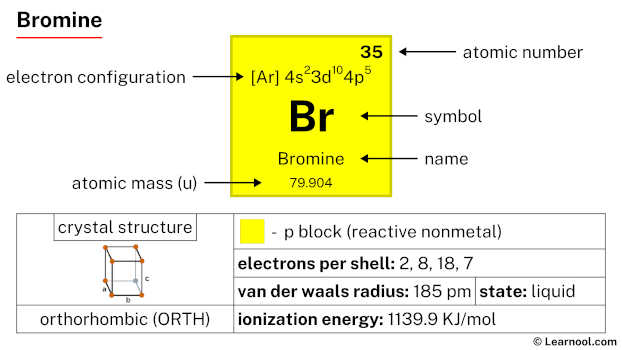
Bromine (Br) is a chemical element of the periodic table, located in the group 17 and the period 4, and has the atomic number 35. It is a reddish-brown liquid, whose name comes from the Greek word “bromos”, which means stench. It is a reactive nonmetal and is the third lightest halogen, after the chlorine element.
On periodic table
| group | ⇨ | 1 | 2 | 3 | 4 | 5 | 6 | 7 | 8 | 9 | 10 | 11 | 12 | 13 | 14 | 15 | 16 | 17 | 18 |
| period | ⇩ | ||||||||||||||||||
| 1 | 1 H 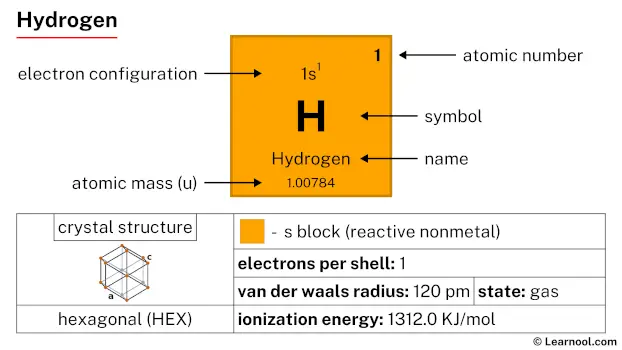 Hydrogen |
2 He  Helium |
|||||||||||||||||
| 2 | 3 Li  Lithium |
4 Be 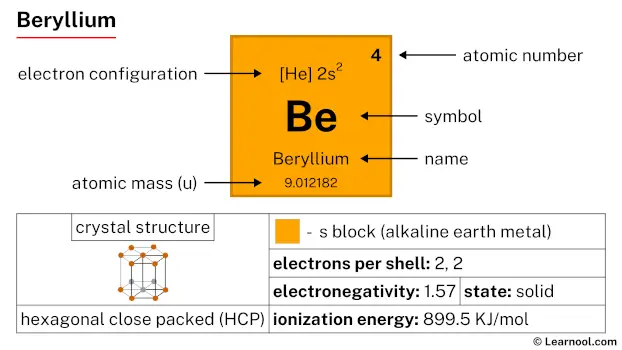 Beryllium |
5 B 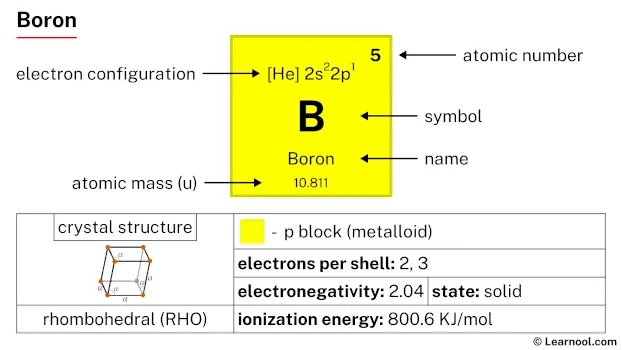 Boron |
6 C  Carbon |
7 N 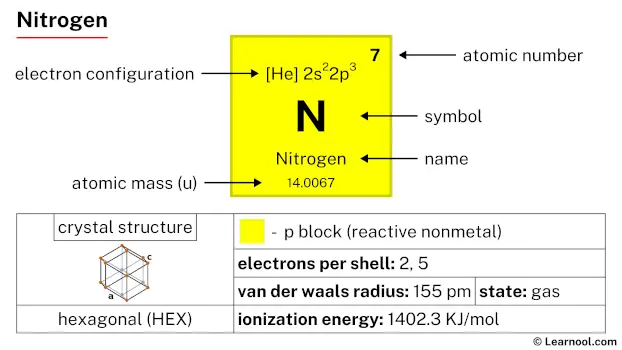 Nitrogen |
8 O 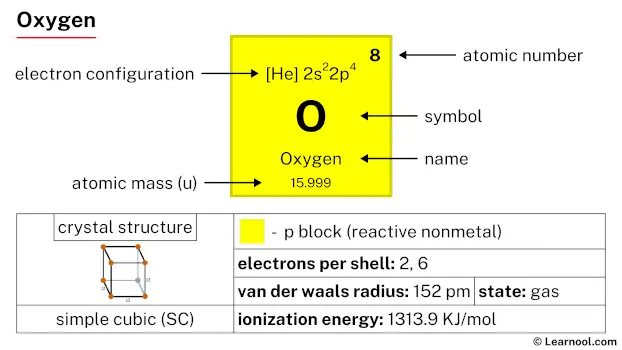 Oxygen |
9 F 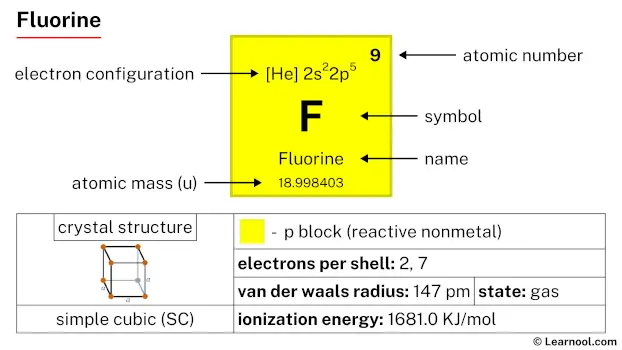 Fluorine |
10 Ne 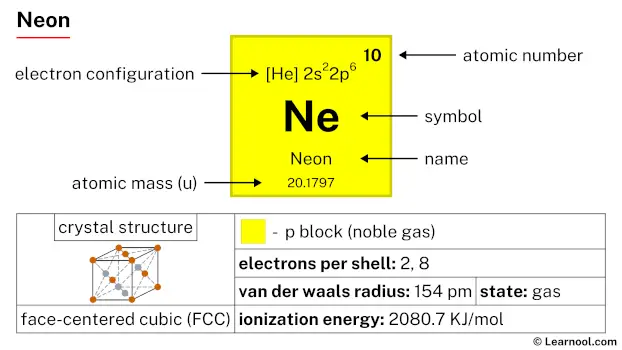 Neon |
|||||||||||
| 3 | 11 Na 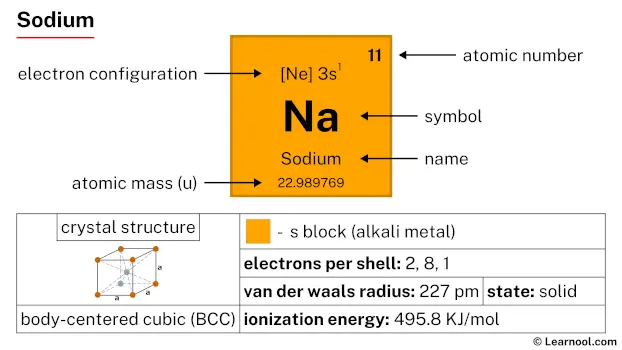 Sodium |
12 Mg 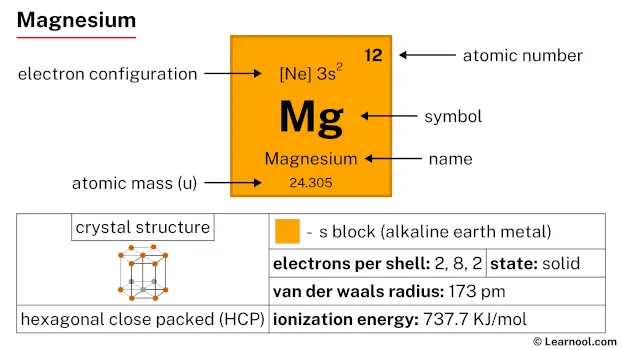 Magnesium |
13 Al  Aluminium |
14 Si Silicon |
15 P 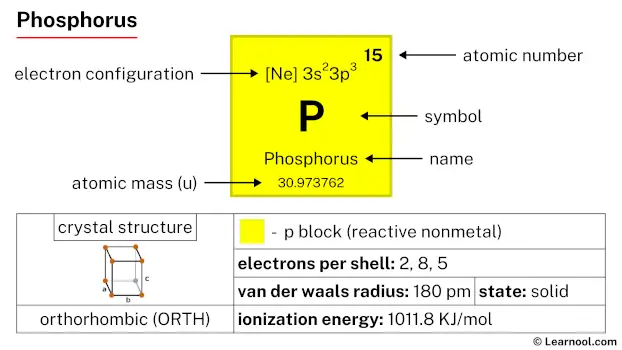 Phosphorus |
16 S 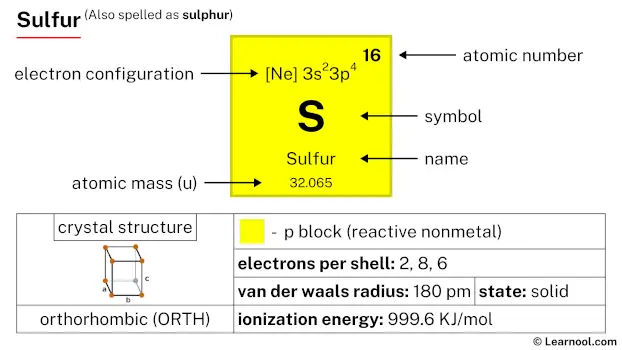 Sulfur |
17 Cl 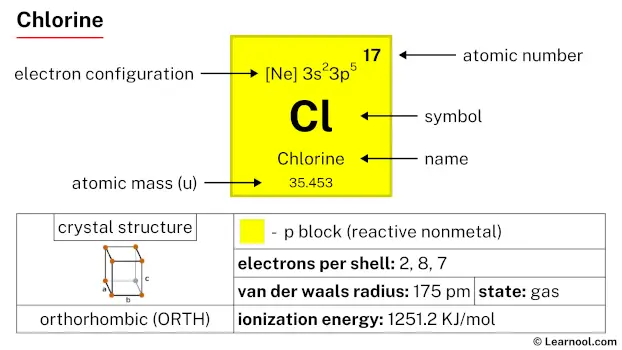 Chlorine |
18 Ar 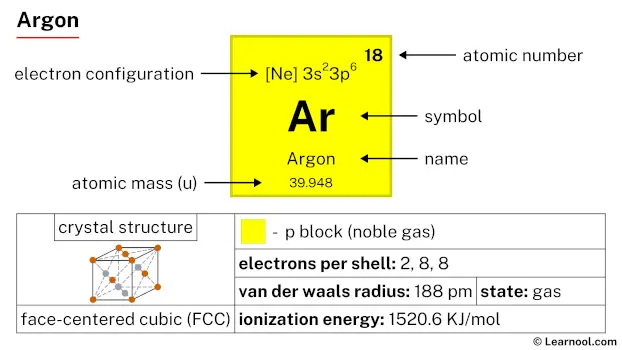 Argon |
|||||||||||
| 4 | 19 K 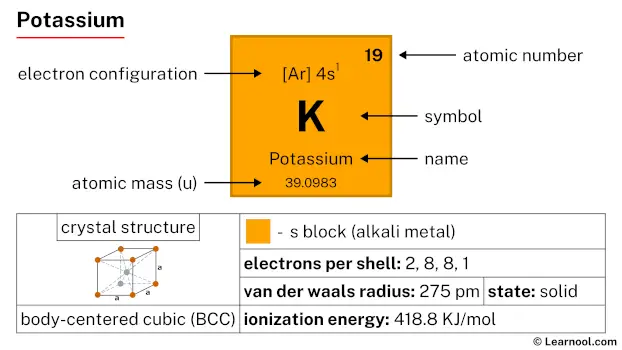 Potassium |
20 Ca 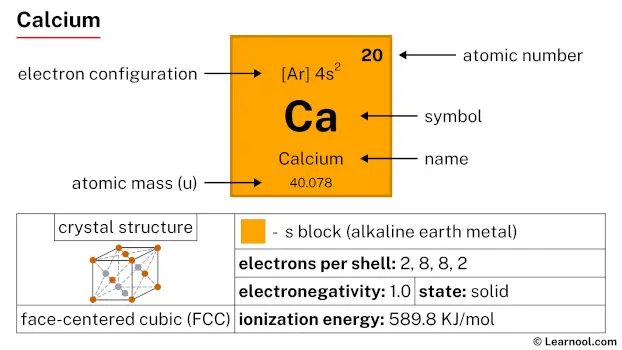 Calcium |
21 Sc 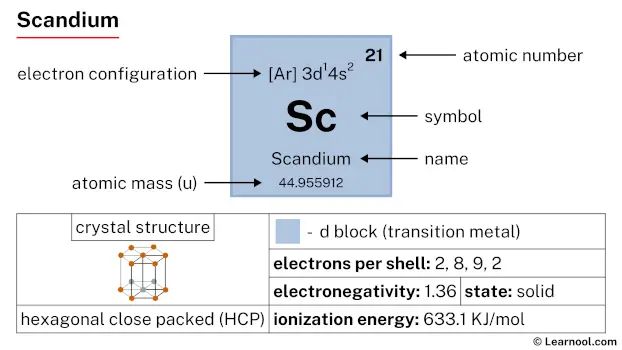 Scandium |
22 Ti 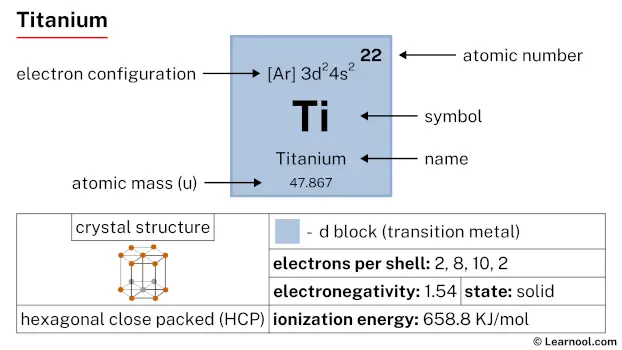 Titanium |
23 V 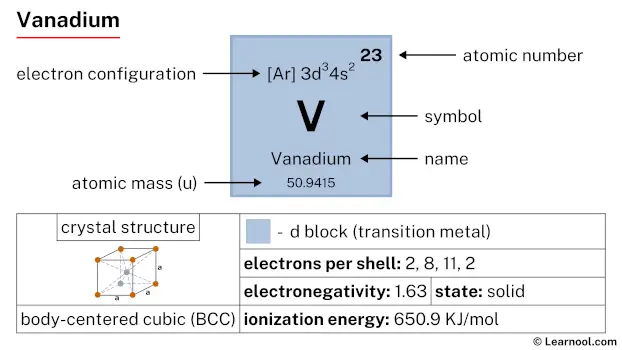 Vanadium |
24 Cr 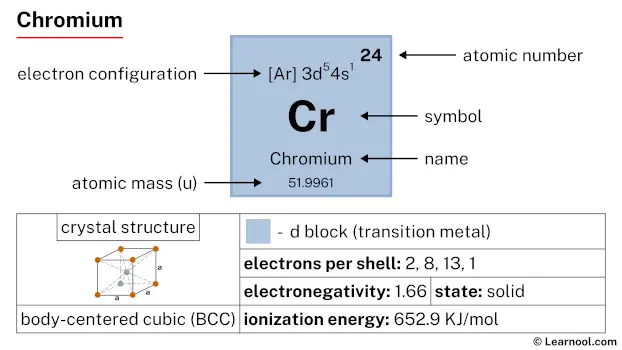 Chromium |
25 Mn 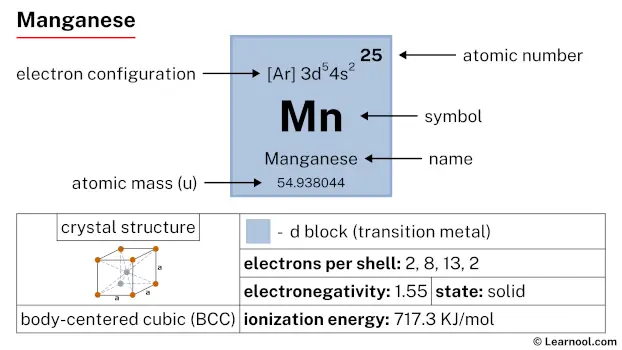 Manganese |
26 Fe 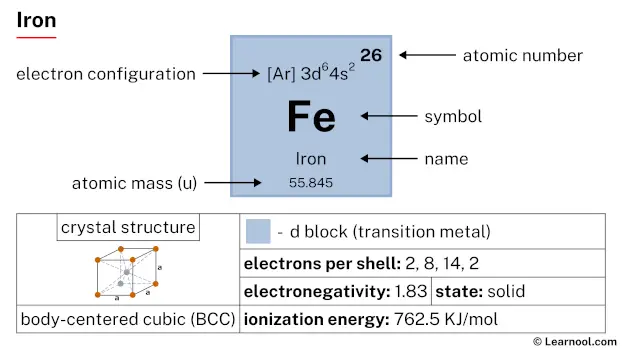 Iron |
27 Co 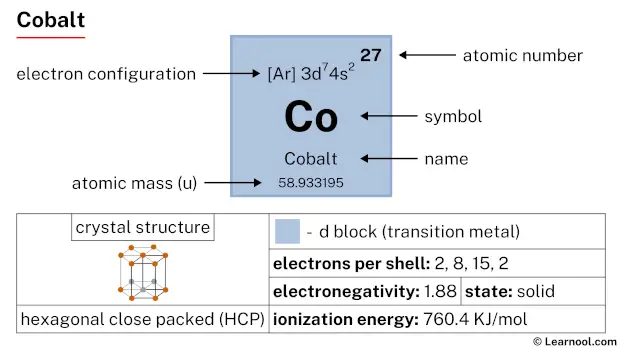 Cobalt |
28 Ni 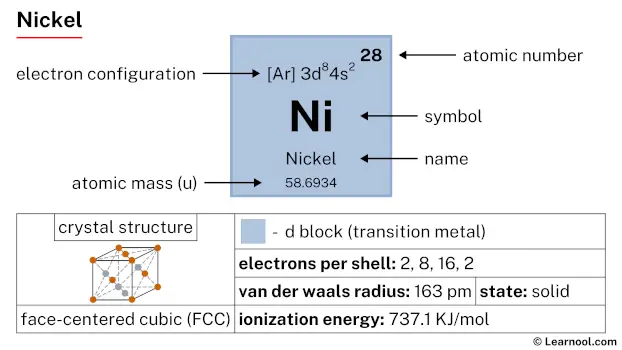 Nickel |
29 Cu 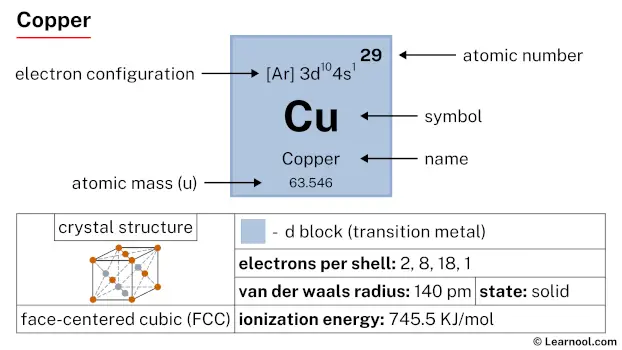 Copper |
30 Zn  Zinc |
31 Ga 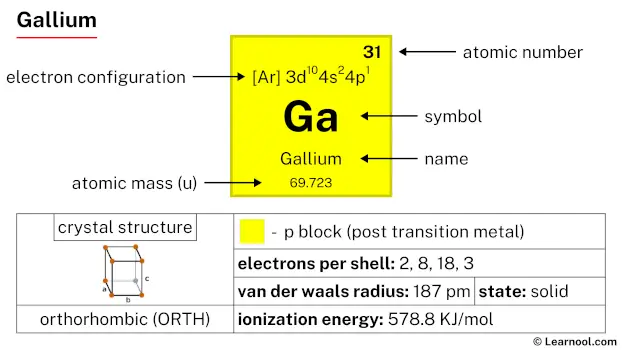 Gallium |
32 Ge 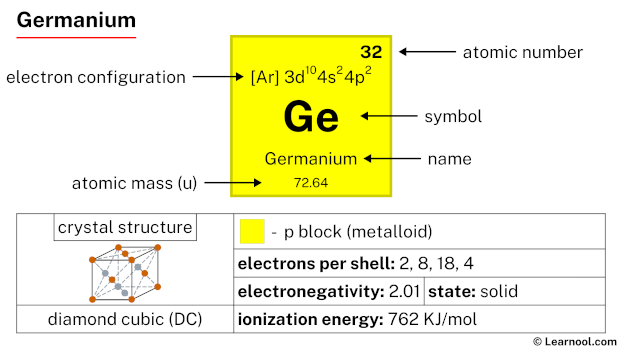 Germanium |
33 As 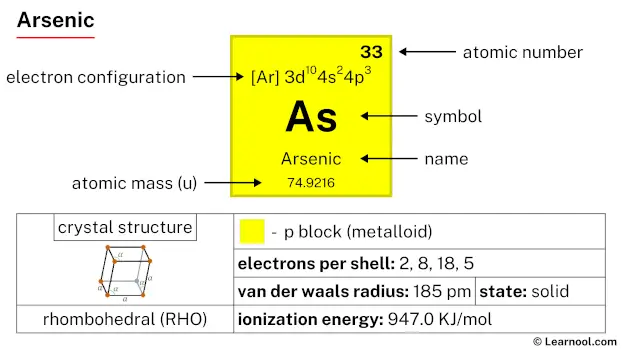 Arsenic |
34 Se 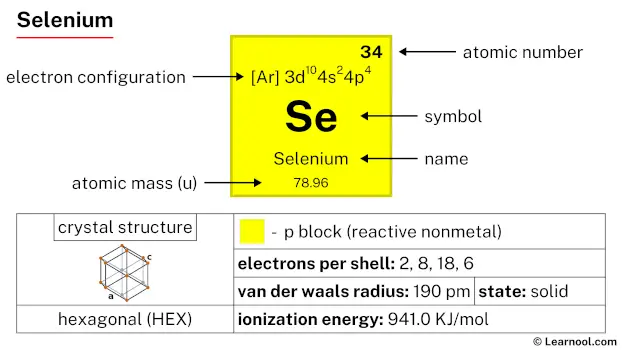 Selenium |
35 Br Bromine |
36 Kr  Krypton |
|
| 5 | 37 Rb 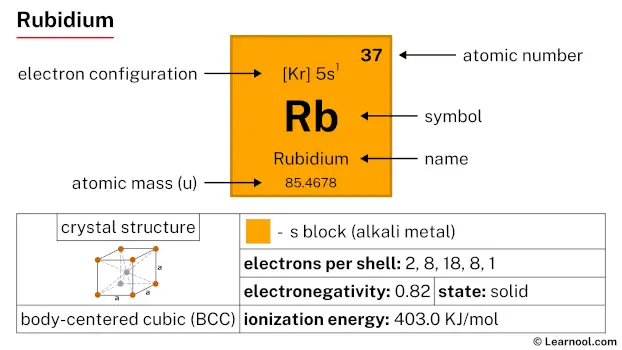 Rubidium |
38 Sr 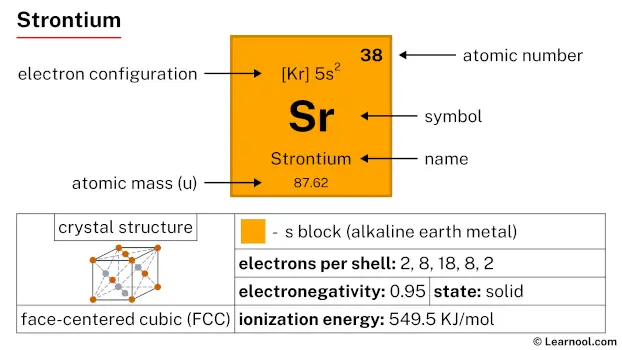 Strontium |
39 Y 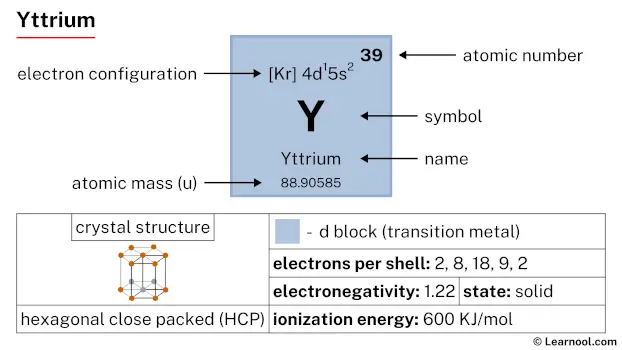 Yttrium |
40 Zr 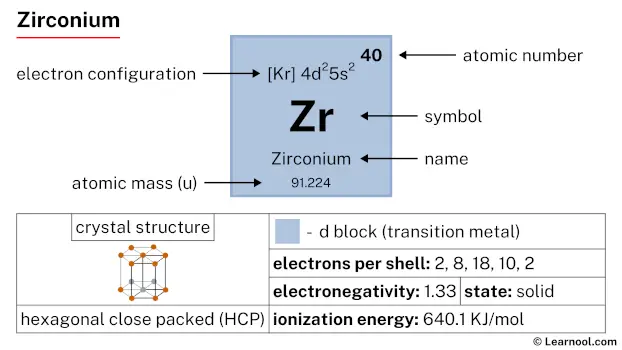 Zirconium |
41 Nb 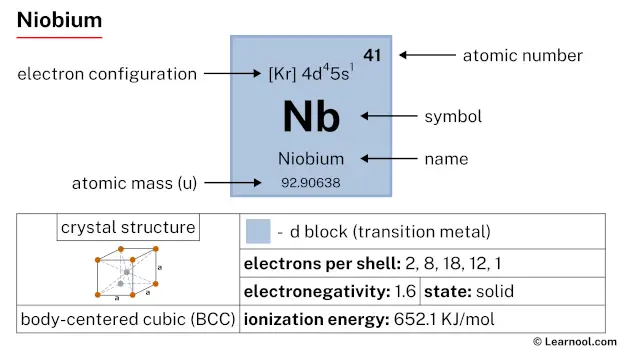 Niobium |
42 Mo 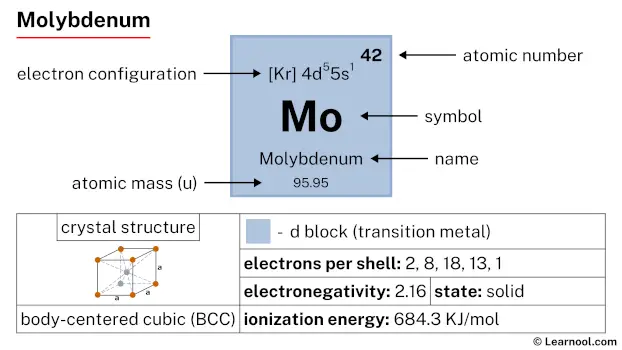 Molybdenum |
43 Tc 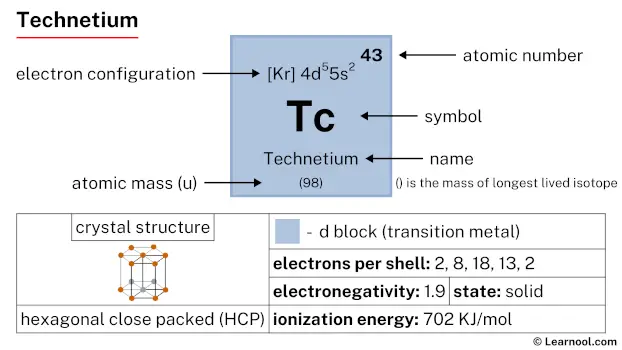 Technetium |
44 Ru 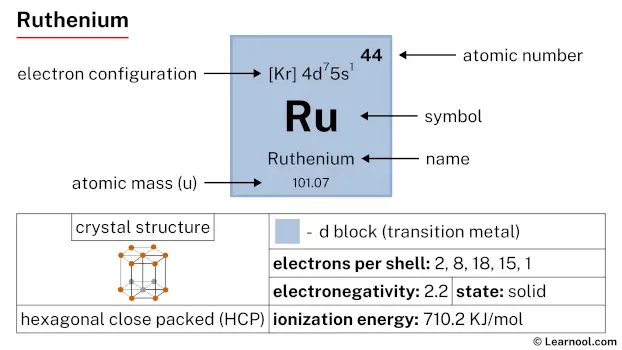 Ruthenium |
45 Rh 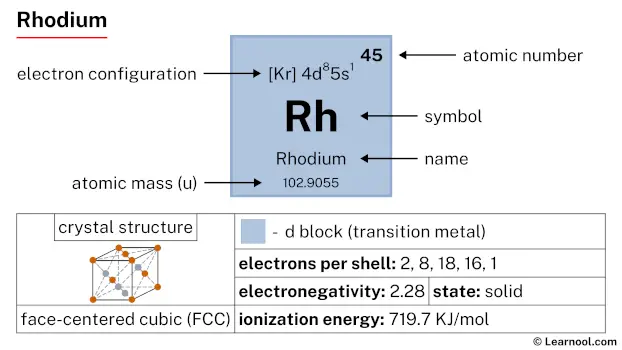 Rhodium |
46 Pd  Palladium |
47 Ag  Silver |
48 Cd 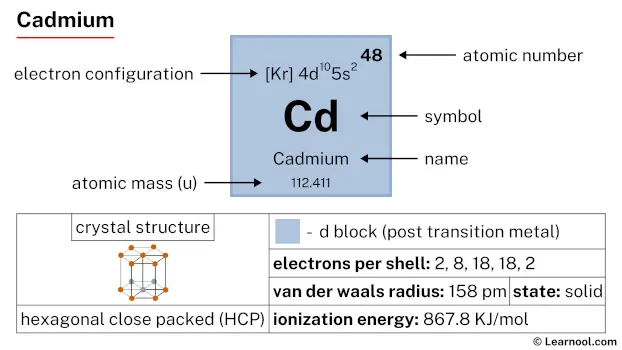 Cadmium |
49 In 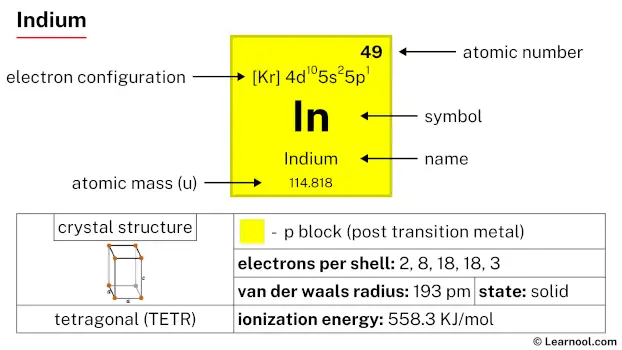 Indium |
50 Sn 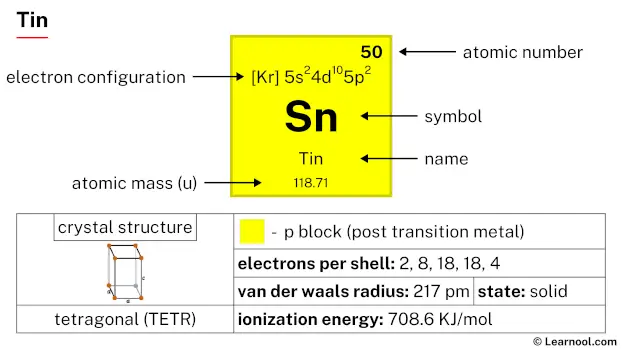 Tin |
51 Sb 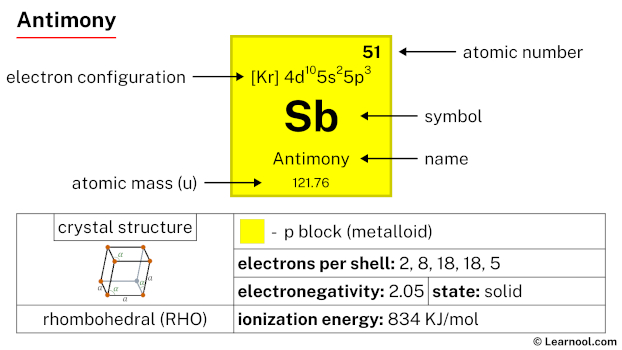 Antimony |
52 Te 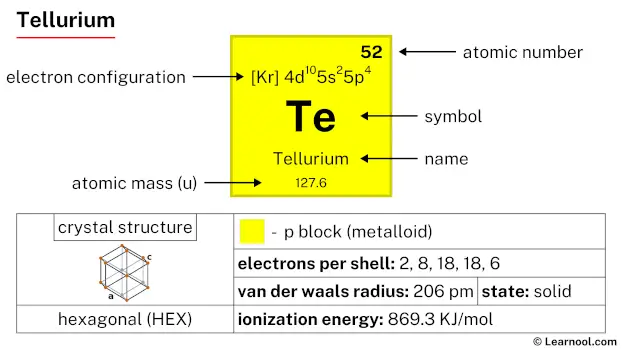 Tellurium |
53 I 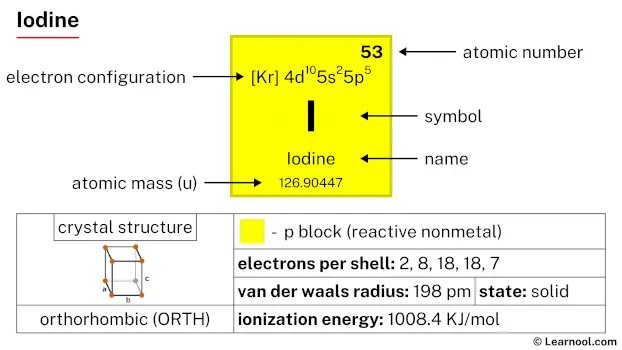 Iodine |
54 Xe 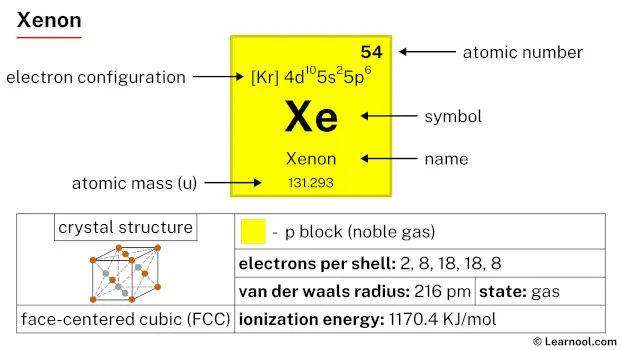 Xenon |
|
| 6 | 55 Cs 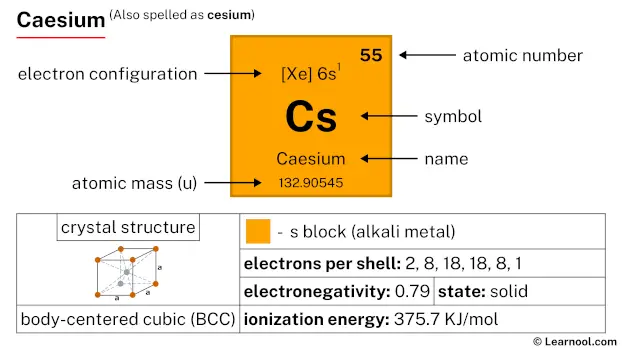 Caesium |
56 Ba 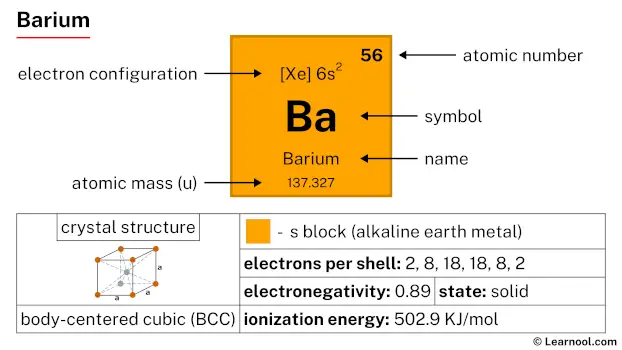 Barium |
72 Hf 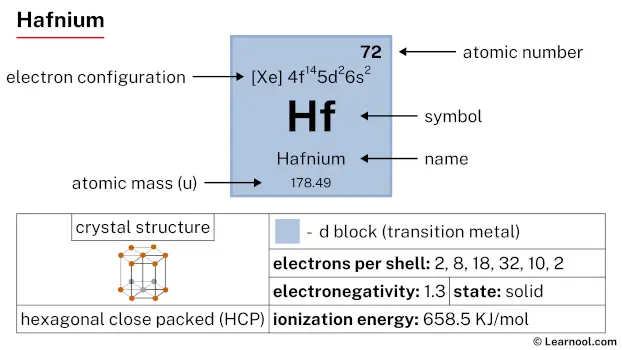 Hafnium |
73 Ta 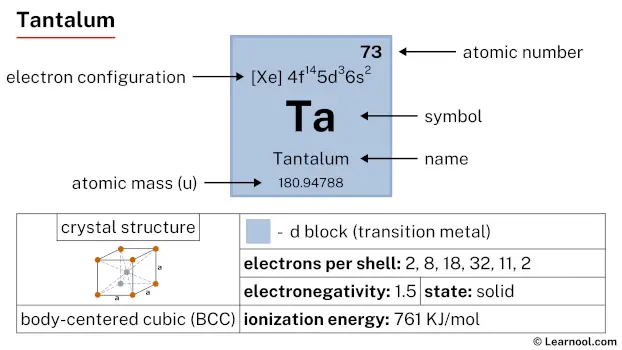 Tantalum |
74 W 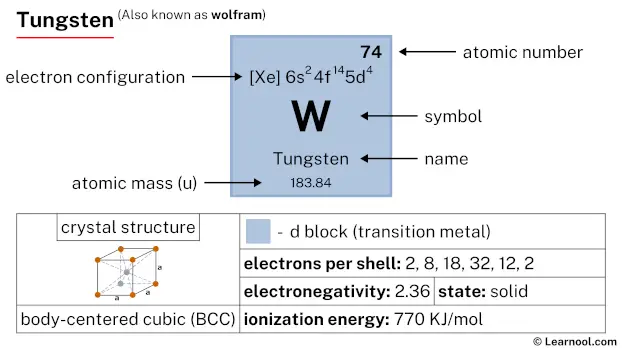 Tungsten |
75 Re 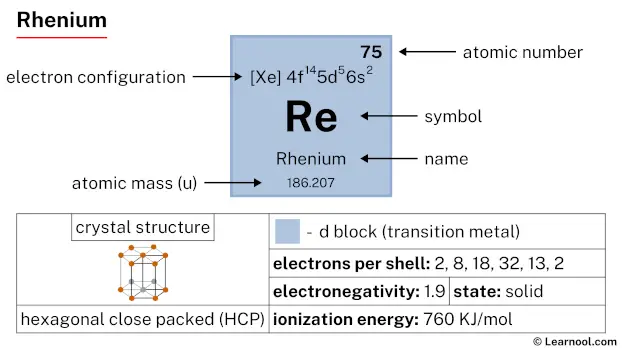 Rhenium |
76 Os 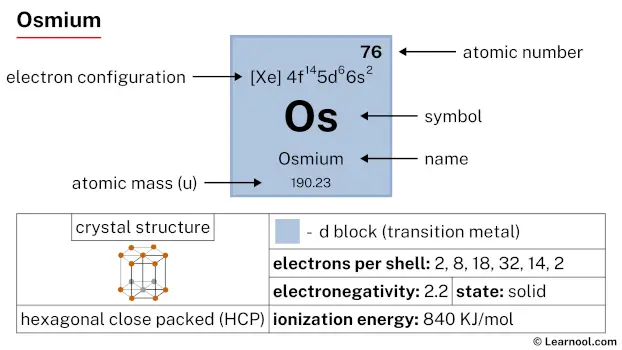 Osmium |
77 Ir 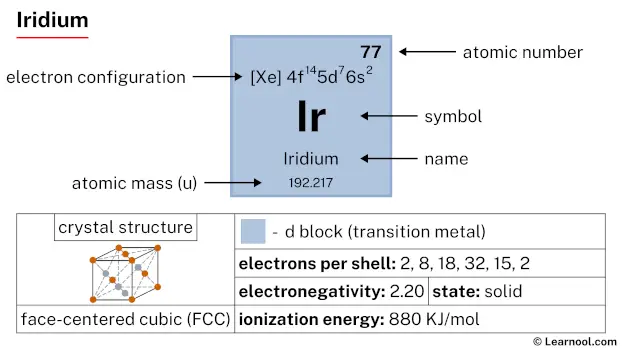 Iridium |
78 Pt  Platinum |
79 Au  Gold |
80 Hg 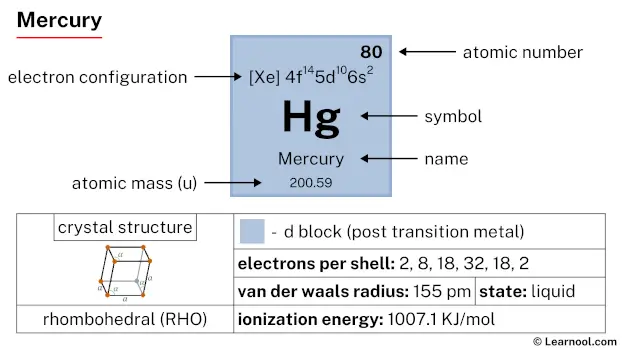 Mercury |
81 Tl 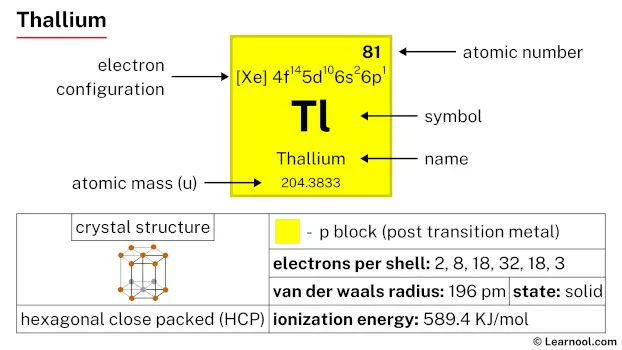 Thallium |
82 Pb  Lead |
83 Bi 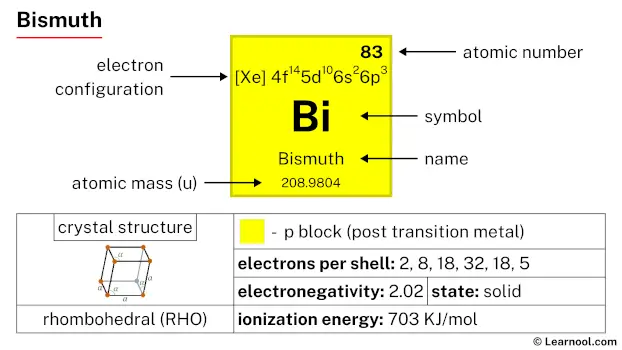 Bismuth |
84 Po 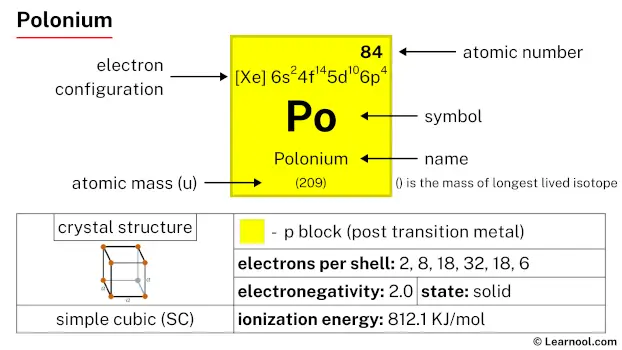 Polonium |
85 At 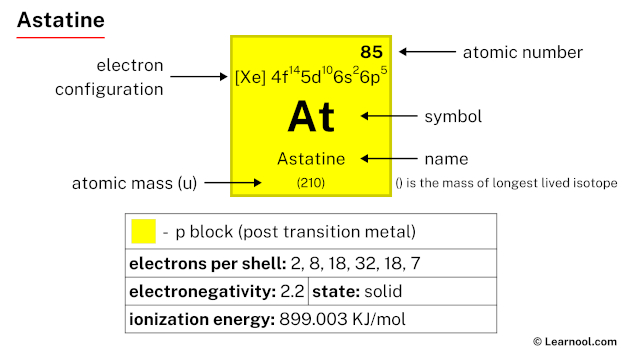 Astatine |
86 Rn 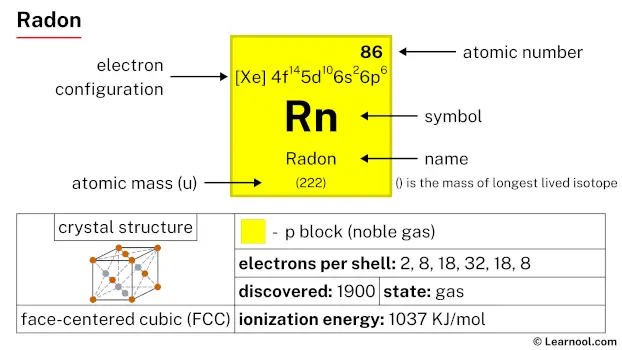 Radon |
||
| 7 | 87 Fr 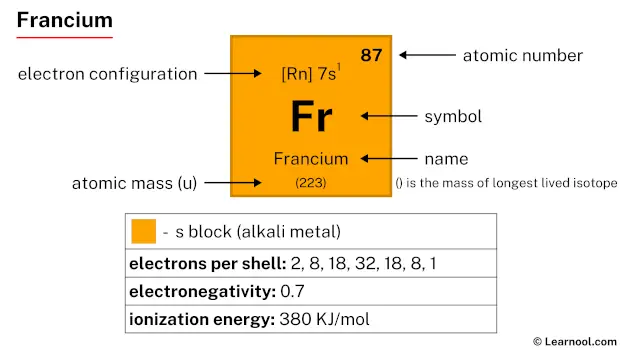 Francium |
88 Ra 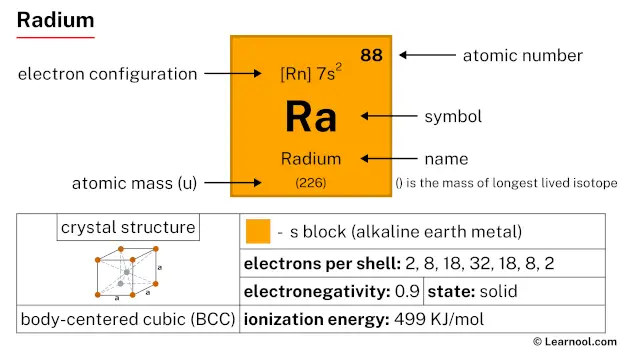 Radium |
104 Rf 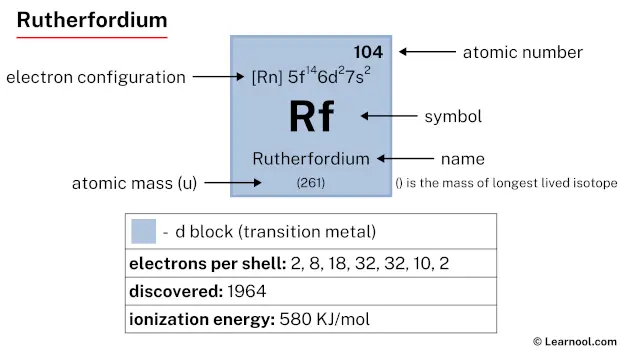 Rutherfordium |
105 Db 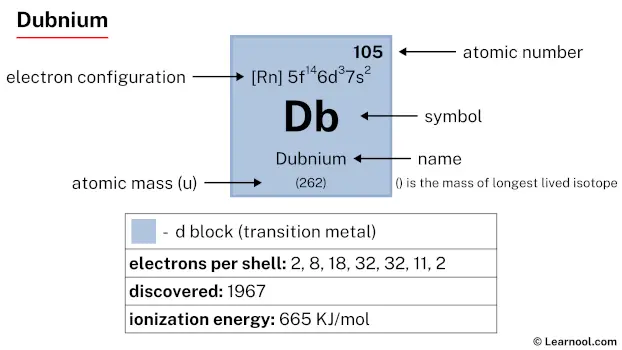 Dubnium |
106 Sg 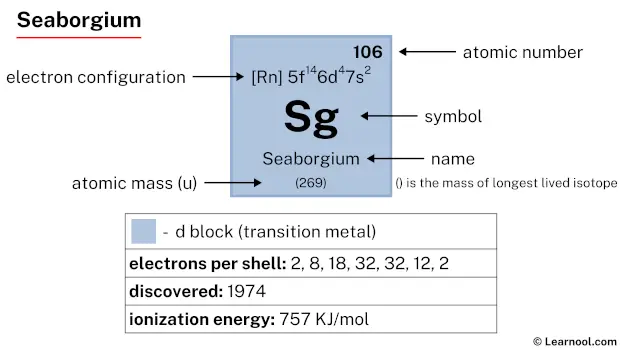 Seaborgium |
107 Bh 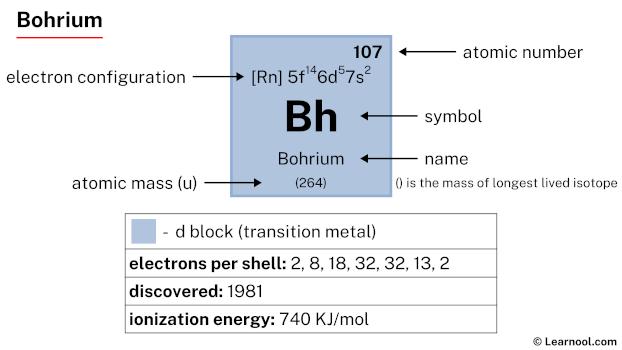 Bohrium |
108 Hs 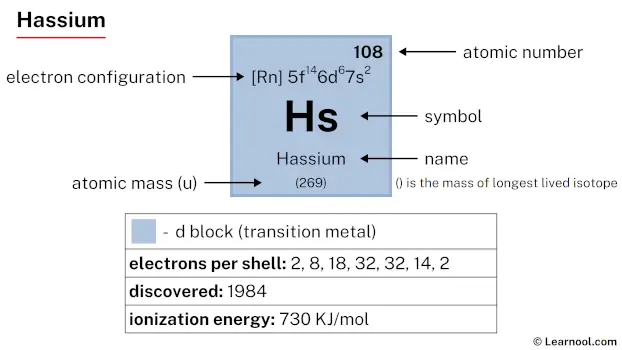 Hassium |
109 Mt 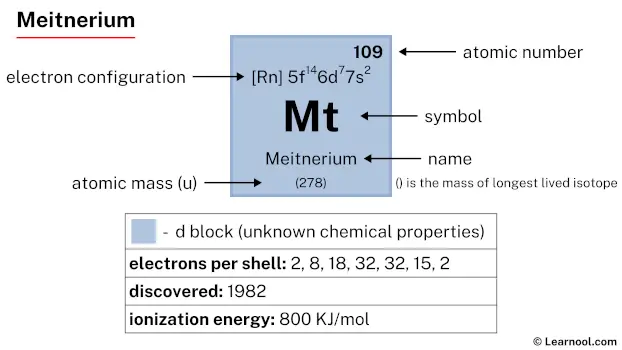 Meitnerium |
110 Ds 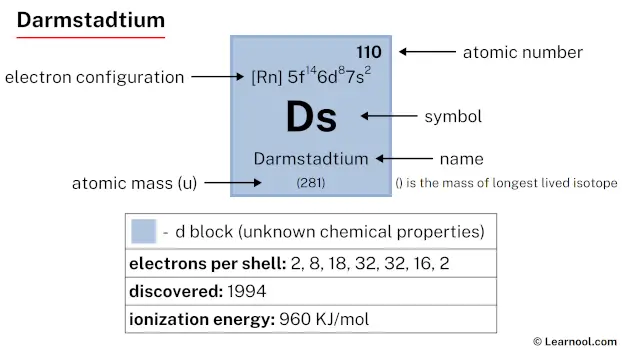 Darmstadtium |
111 Rg 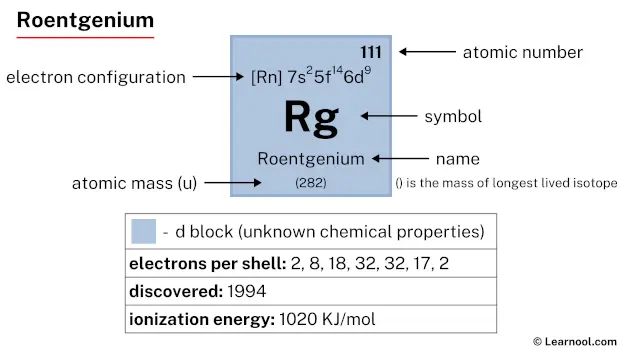 Roentgenium |
112 Cn  Copernicium |
113 Nh 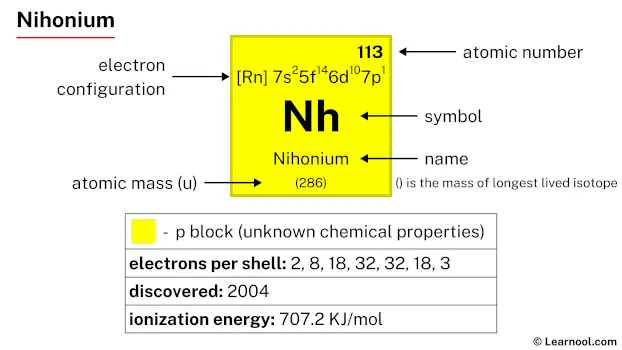 Nihonium |
114 Fl 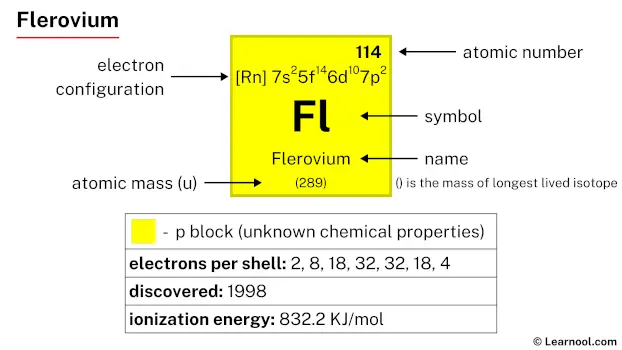 Flerovium |
115 Mc 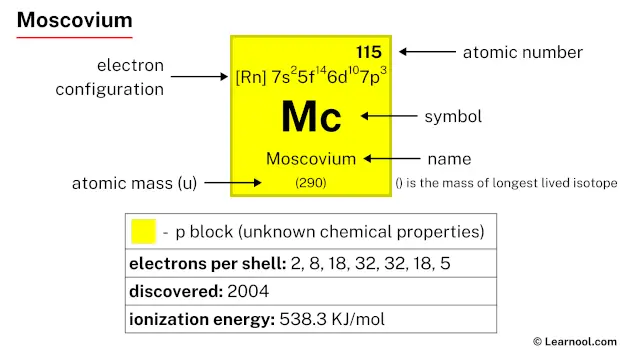 Moscovium |
116 Lv 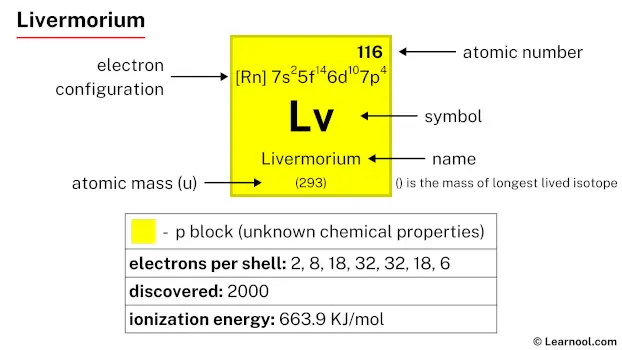 Livermorium |
117 Ts 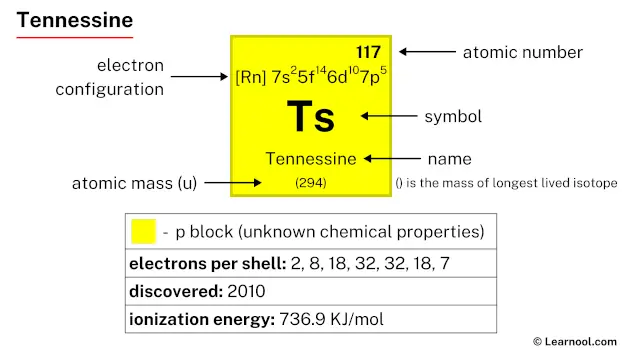 Tennessine |
118 Og 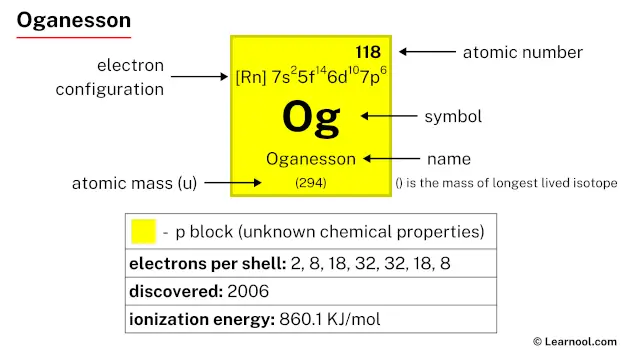 Oganesson |
||
| 57 La 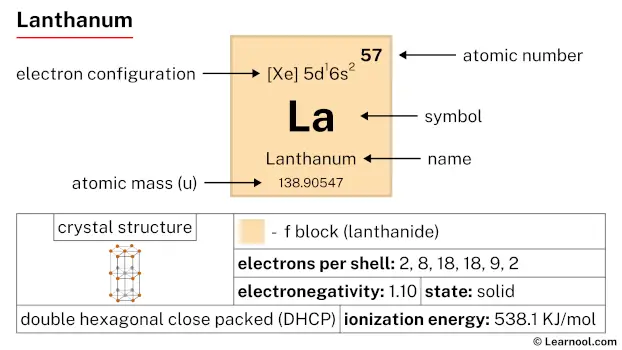 Lanthanum |
58 Ce 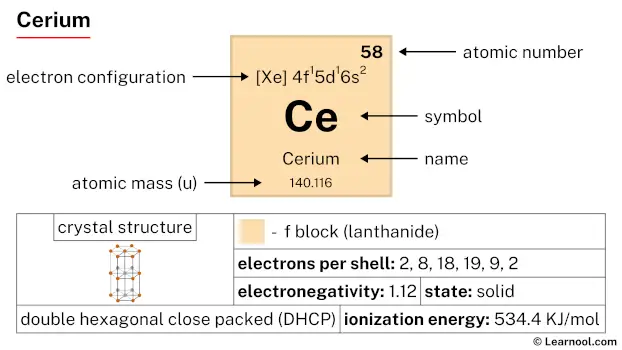 Cerium |
59 Pr 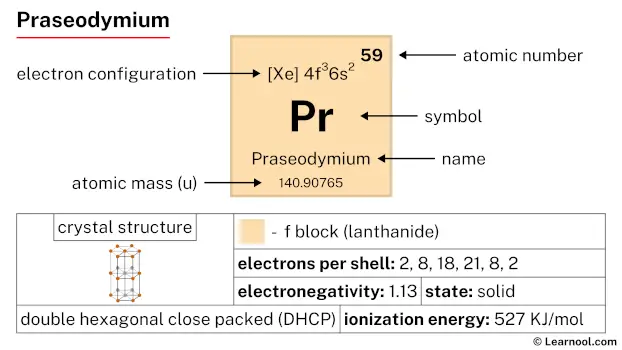 Praseodymium |
60 Nd 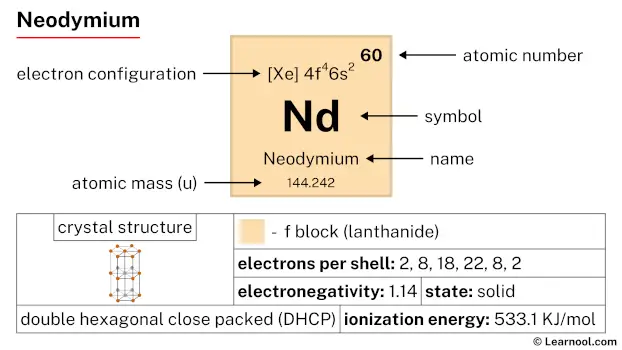 Neodymium |
61 Pm 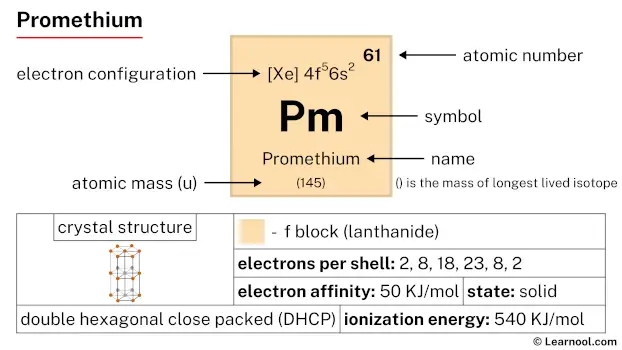 Promethium |
62 Sm 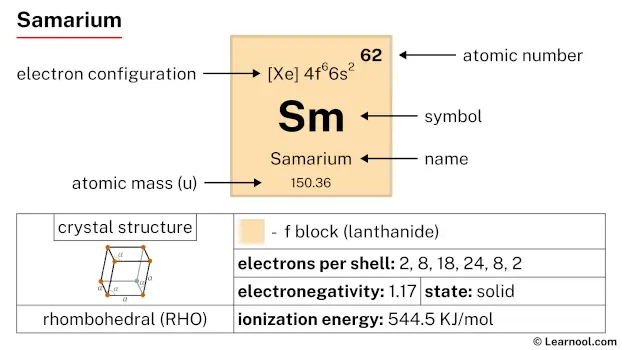 Samarium |
63 Eu 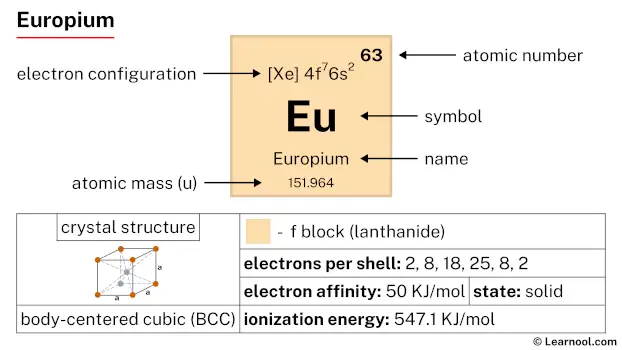 Europium |
64 Gd 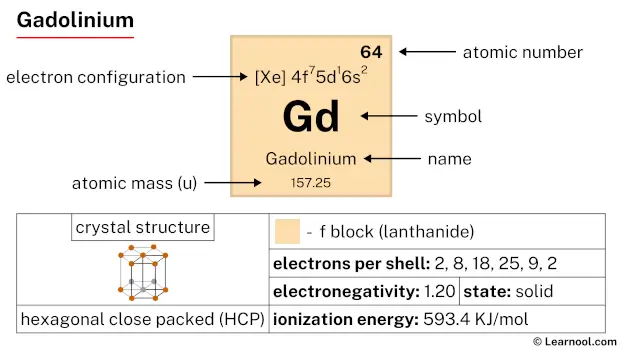 Gadolinium |
65 Tb 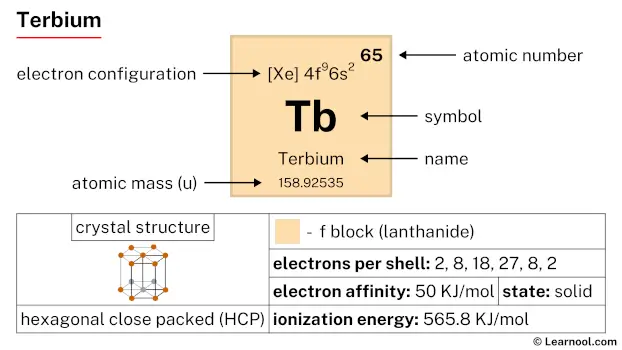 Terbium |
66 Dy 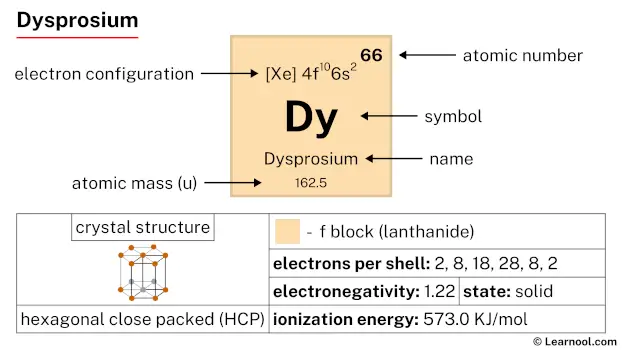 Dysprosium |
67 Ho 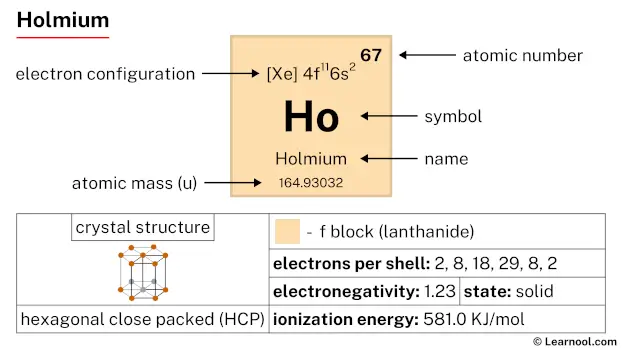 Holmium |
68 Er 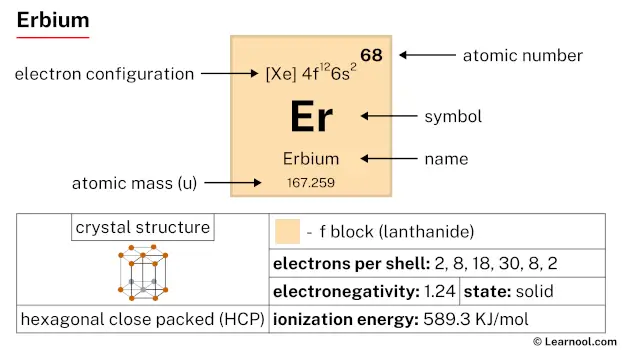 Erbium |
69 Tm 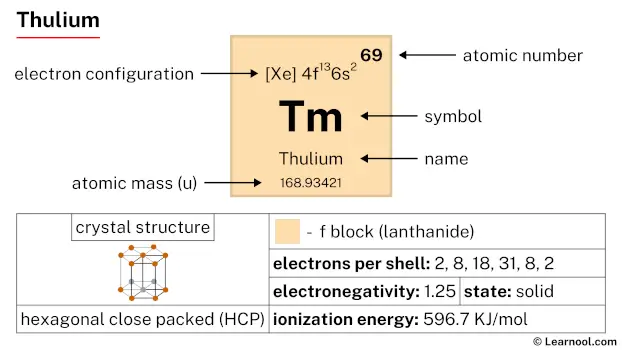 Thulium |
70 Yb 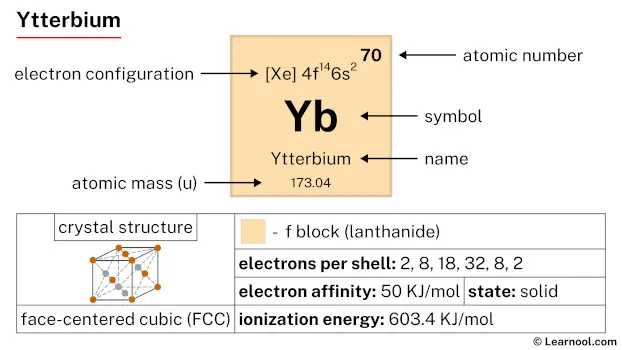 Ytterbium |
71 Lu 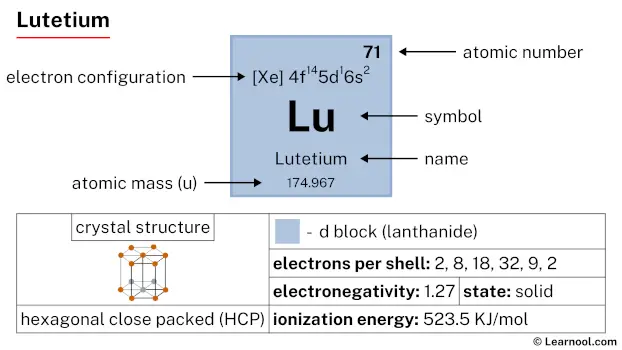 Lutetium |
|||||
| 89 Ac 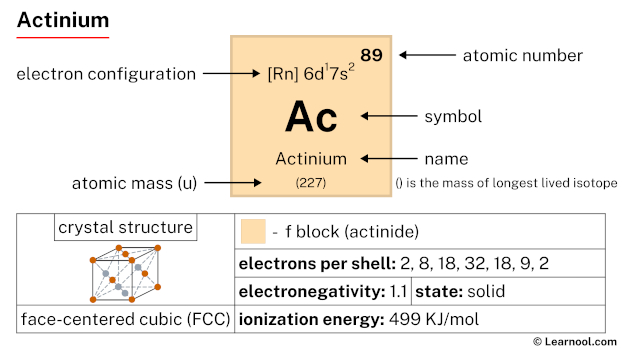 Actinium |
90 Th 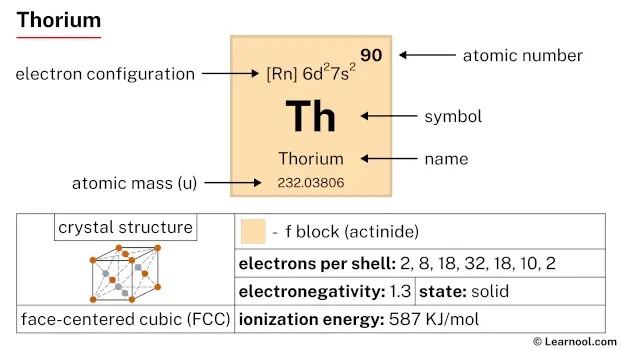 Thorium |
91 Pa 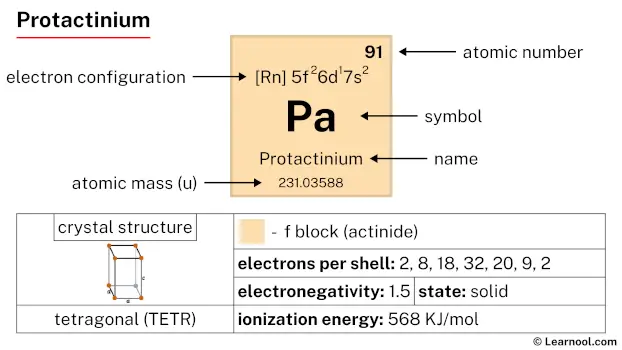 Protactinium |
92 U 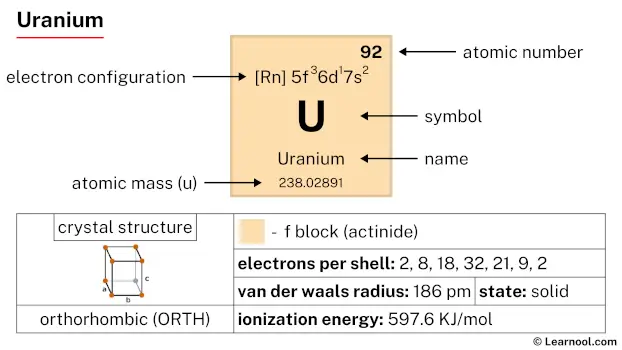 Uranium |
93 Np 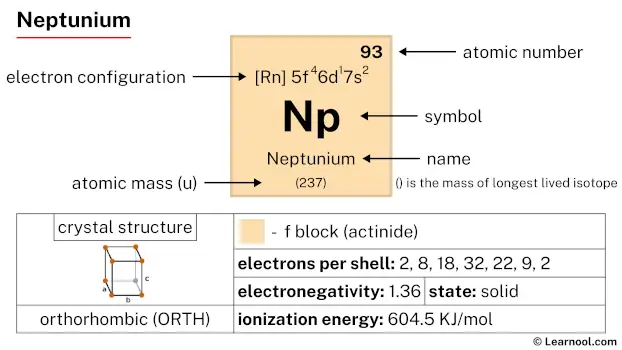 Neptunium |
94 Pu 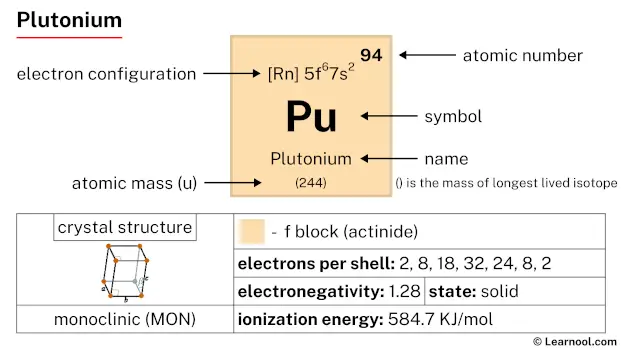 Plutonium |
95 Am  Americium |
96 Cm 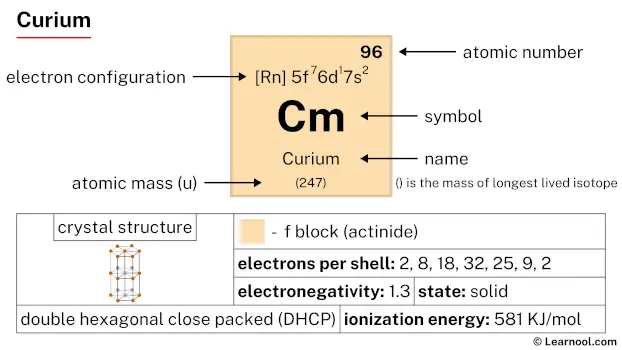 Curium |
97 Bk 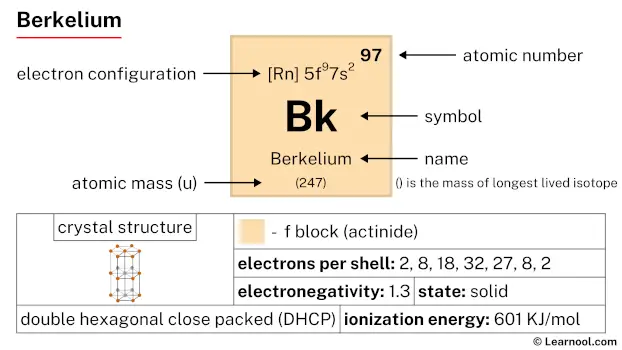 Berkelium |
98 Cf 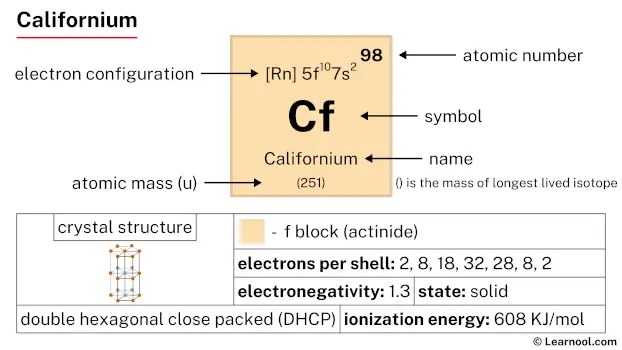 Californium |
99 Es 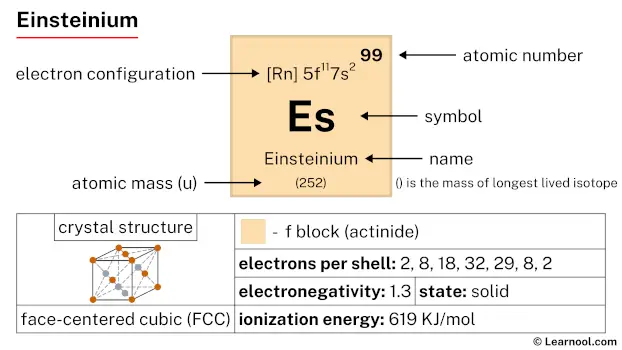 Einsteinium |
100 Fm 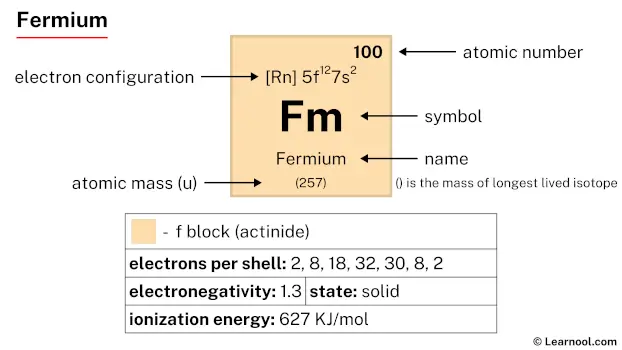 Fermium |
101 Md 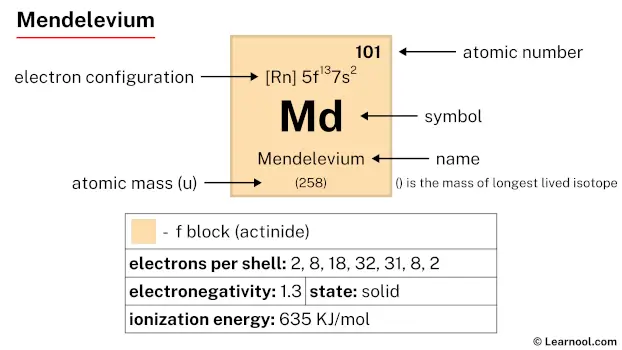 Mendelevium |
102 No 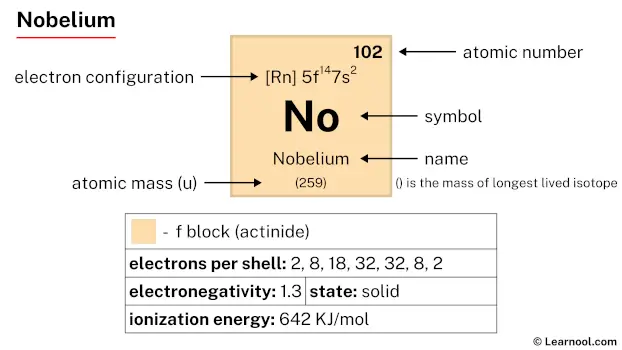 Nobelium |
103 Lr 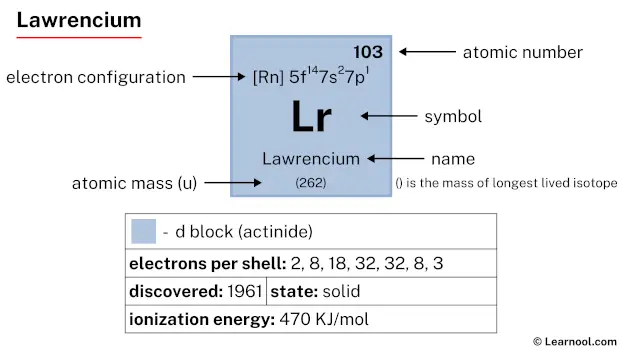 Lawrencium |
|||||
| – p block |
Bromine is a p-block element, situated in the seventeenth column and the fourth row of the periodic table, denoted by the atomic number 35 and chemical symbol Br.
Element information
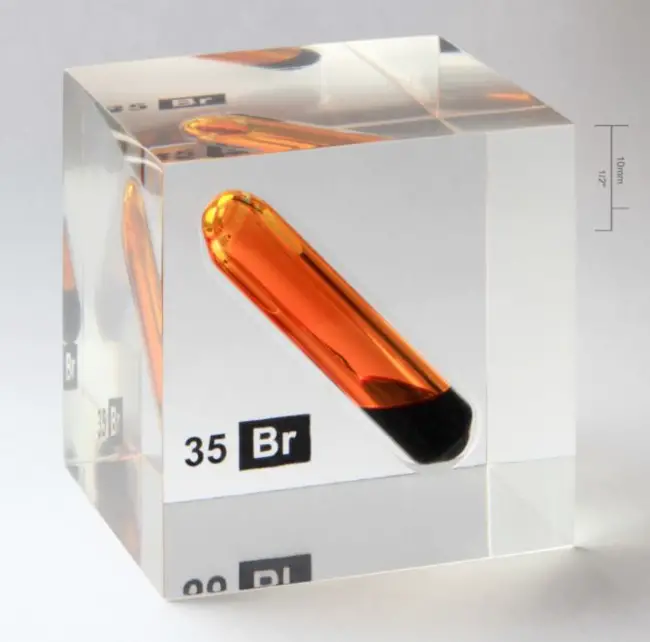 |
|
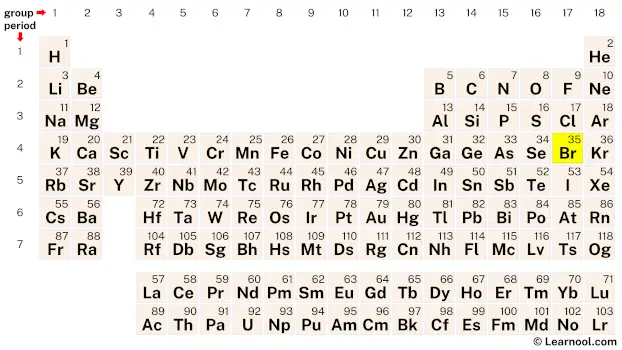 |
|
| Origin of name | Greek word “bromos” (which means stench) |
| Symbol | Br |
| Atomic number (Z) | 35 |
| Atomic mass | 79.904 u |
| Block | p-block |
| Group | 17 (halogen) |
| Period | 4 |
| Classification | Reactive nonmetal |
| Atomic radius | 120 pm |
| Covalent radius | 120±3 pm |
| Van der Waals radius | 185 pm |
| Melting point | -7.2 ℃, 19 ℉, 265.8 K |
| Boiling point | 58.8 ℃, 137.8 ℉, 332.0 K |
| Electron configuration | [Ar] 3d10 4s2 4p5 |
| Learn how to write: Bromine electron configuration | |
| Electrons per shell | 2, 8, 18, 7 |
| Learn how to draw: Bromine Bohr model | |
| Crystal structure | Orthorhombic |
| Phase at r.t | Liquid |
| Density near r.t | 3.1028 g/cm3 |
| Main isotopes | Bromine-79, Bromine-81 |
| Natural occurrence | Primordial |
| Oxidation state | -1, +1, +3, +5 |
| Electronegativity (Pauling scale) | 2.96 |
| Protons Neutrons Electrons |
35 45 35 |
| Learn how to find: Bromine protons neutrons electrons | |
| Valence electrons | 7 |
| Learn how to find: Bromine valence electrons | |
| CAS number | 7726-95-6 |
| Discovered by | Antoine Jérôme Balard and Carl Jacob Löwig in 1825 |
History
Bromine was discovered in 1825-1826 by two chemists, Antoine Balard and Carl Jacob Löwig, working independently. Balard discovered bromine in seawater while Löwig discovered it in the residue left after treating seawater with chlorine. Both chemists initially thought that they had discovered a new element, but they later realized that bromine was chemically similar to chlorine and iodine, and was therefore likely to be a new member of the halogen family.
The name “bromine” comes from the Greek word “bromos,” which means “stench.” This name was chosen because of the strong and unpleasant odor that bromine has. Balard was the first to isolate the element in a pure form, and he noted that it was a reddish-brown liquid that gave off a strong and irritating odor.
Bromine quickly found a number of industrial applications. In the 19th century, it was used in the production of photography, as well as in the manufacture of dyes and other chemicals. Today, it is still used in a number of applications, including as a flame retardant in plastics, as a disinfectant for water treatment, and in the production of pharmaceuticals and agricultural chemicals.
Bromine is also an important element in the Earth’s atmosphere, where it plays a role in the destruction of ozone. It is also found in many minerals, including bromine salts such as potassium bromide and sodium bromide, as well as in some natural gas deposits.
Occurrence and production
Bromine is a relatively rare element in the Earth’s crust, comprising only 2.5 parts per million of the crustal rocks. It is significantly less abundant than its halogen counterparts, fluorine and chlorine. Bromine is primarily found in the Earth’s oceans, where it is more abundant, making up 65 parts per million. This is due to the long-term leaching of bromine from the rocks, which has resulted in higher concentrations in the oceans. Bromine can also be found in salt lakes and brine wells, where its concentration can be higher, such as in the Dead Sea, where bromide ions make up 0.4% of the saltwater. It is from these sources that bromine extraction is mostly economically feasible.
The main sources of bromine are located in the United States and Israel. Bromine is extracted from natural brine deposits, which are pumped from underground wells. The brine is treated with chlorine gas, which oxidizes the bromide ions to form elemental bromine. The resulting bromine is then removed from the brine with a blast of steam or air, condensed, and purified. Bromine is transported in large-capacity metal drums or lead-lined tanks that can hold hundreds of kilograms or even tonnes of bromine. The bromine industry is much smaller than the chlorine industry, but it is still an important chemical commodity. Nowadays, laboratory production of bromine is not necessary, as it is commercially available and has a long shelf life.
Properties
Physical properties
Bromine is a non-metal that exists as a reddish-brown liquid at room temperature.
It has a melting point of -7.2 ℃ and a boiling point of 58.8 ℃.
Bromine has a high density of 3.1028 g/cm3.
It is highly soluble in organic solvents and water.
Chemical properties
Bromine is highly reactive and a strong oxidizing agent.
It readily reacts with metals, nonmetals, and organic compounds.
Bromine reacts with hydrogen to form hydrogen bromide.
It reacts with alkali metals to form bromides.
Bromine also forms various compounds like hypobromous acid, bromic acid, and bromates.
Atomic properties
Bromine has an atomic number of 35 and an atomic mass of 79.9.
Bromine has seven valence electrons in its outermost shell.
The electron configuration of bromine is [Ar] 3d10 4s2 4p5.
Bromine belongs to the halogen family and is located in Group 17 of the periodic table.
Other properties
Bromine has a strong and pungent odor.
It is a toxic element and can cause severe burns when it comes in contact with the skin.
Bromine is used as a disinfectant in swimming pools and water treatment plants.
It is also used in the manufacturing of flame retardants, pharmaceuticals, and dyes.
Applications
Flame retardants
Bromine compounds are widely used as flame retardants in plastics, textiles, and other materials. They work by inhibiting the combustion process and reducing the spread of fire.
Pharmaceuticals
Bromine is used to produce a variety of pharmaceuticals, including sedatives, analgesics, and anesthetics. Bromine compounds are also used to treat conditions such as epilepsy and asthma.
Water treatment
Bromine is an effective disinfectant and is used in water treatment to kill bacteria and other microorganisms. It is often used in hot tubs and swimming pools as an alternative to chlorine.
Photography
Silver bromide is used in photographic film and paper as a light-sensitive material. When exposed to light, the silver bromide forms an image that can be developed using chemicals.
Oil and gas drilling
Bromine is used as a completion fluid in oil and gas drilling. It is injected into wells to reduce the pressure and prevent the collapse of the well walls.
Agriculture
Bromine is used in agriculture as a fumigant to control pests and diseases. It is also used to enhance the growth of some crops.
Chemical synthesis
Bromine is used in the synthesis of a variety of organic compounds, including pesticides, dyes, and pharmaceuticals. It is also used in the production of bromine compounds such as hydrobromic acid and sodium bromide.
Interesting facts
Bromine is the only nonmetal element that is a liquid at room temperature.
The name “bromine” comes from the Greek word “bromos,” which means “stench,” because of its strong and unpleasant odor.
Bromine was first used as a sedative in the 19th century, but was later replaced by safer alternatives.
Bromine is used in the production of flame retardants, which are added to materials such as furniture, carpets, and electronics to prevent them from catching fire.
Bromine is also used in the production of dyes, medicines, and agricultural chemicals.
Bromine is highly reactive and can react violently with some organic compounds, so it must be handled with care.
Bromine is present in seawater at concentrations of around 65 parts per million, making it the third most abundant halogen after chlorine and fluorine.
Bromine is used as a disinfectant in swimming pools and hot tubs, where it helps to kill bacteria and other microorganisms.
Bromine is a powerful oxidizing agent and can react with a wide range of substances, including metals, nonmetals, and organic compounds.
Bromine has a dark reddish-brown color and a high density, which makes it useful for separating minerals in mining operations.
Related
More elements
External links
- https://www.rsc.org/periodic-table/element/35/bromine
- https://en.wikipedia.org/wiki/Bromine
- https://www.britannica.com/science/bromine
- https://education.jlab.org/itselemental/ele035.html
- https://pubchem.ncbi.nlm.nih.gov/element/Bromine
- https://www.chemicool.com/elements/bromine.html
- https://chemistrytalk.org/bromine-element/
- https://www.livescience.com/32072-bromine.html
Deep
Learnool.com was founded by Deep Rana, who is a mechanical engineer by profession and a blogger by passion. He has a good conceptual knowledge on different educational topics and he provides the same on this website. He loves to learn something new everyday and believes that the best utilization of free time is developing a new skill.
